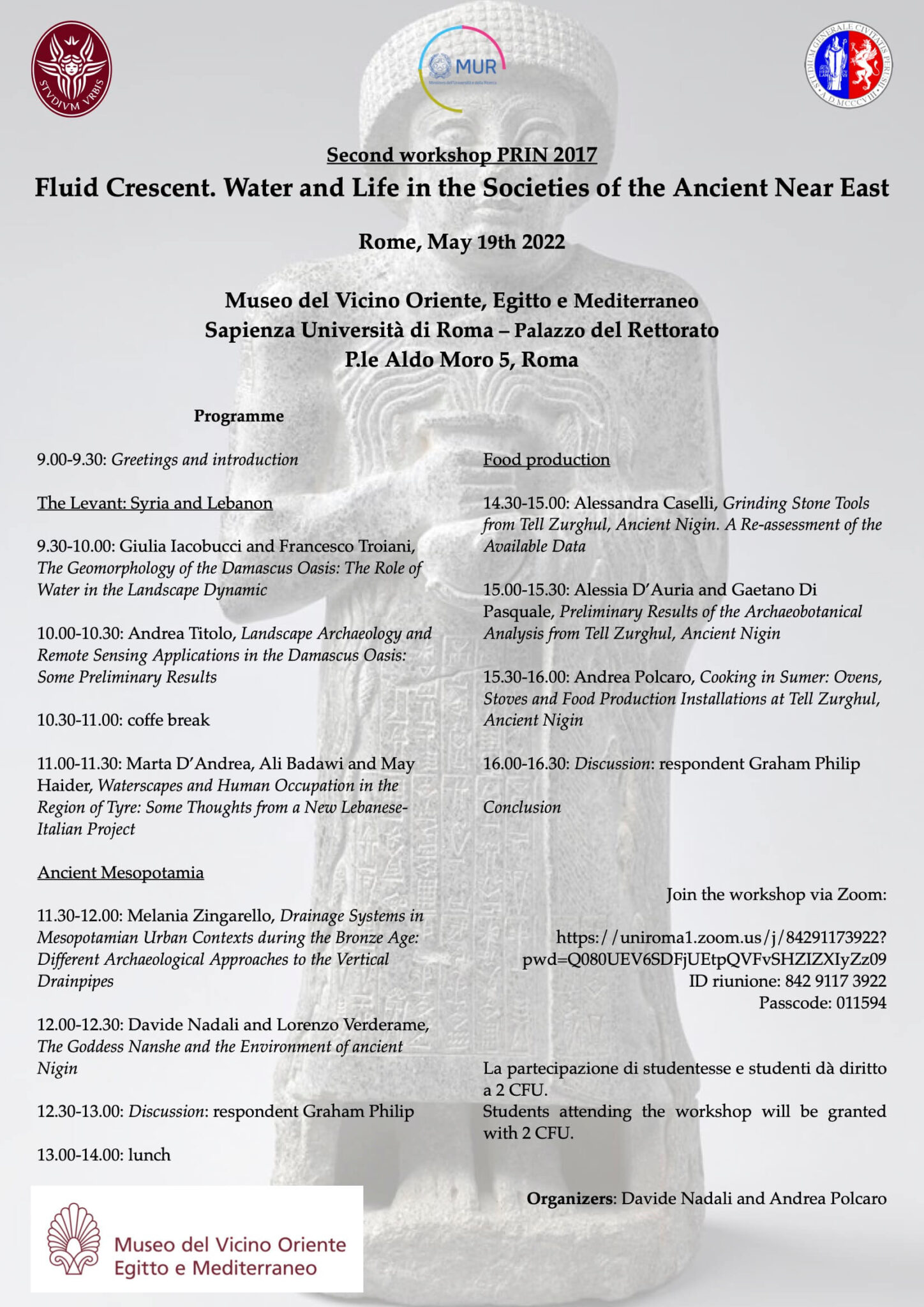Full article:
Abstract:
The paper is based on the results of the third excavation campaign carried out in 2017, covering areas A and B in the central region of the site. In particular, it preliminarily presents the architectural features and findings from current excavations: Area B, on the top of Mound B, and Area A, at the southern base of Mound A. The excavations of the Italian Archaeological Expedition showed that the site was first settled during the Ubaid Period; evidence from the Late Uruk, Jemdet Nasr, and Early Dynastic I periods has also been discovered in the Lower City, while on the top of Mound A, evidence of remains of the la phase of occupation of the city dated to the Neo-Sumerian Period (Gudea’skingdom) is registered.



